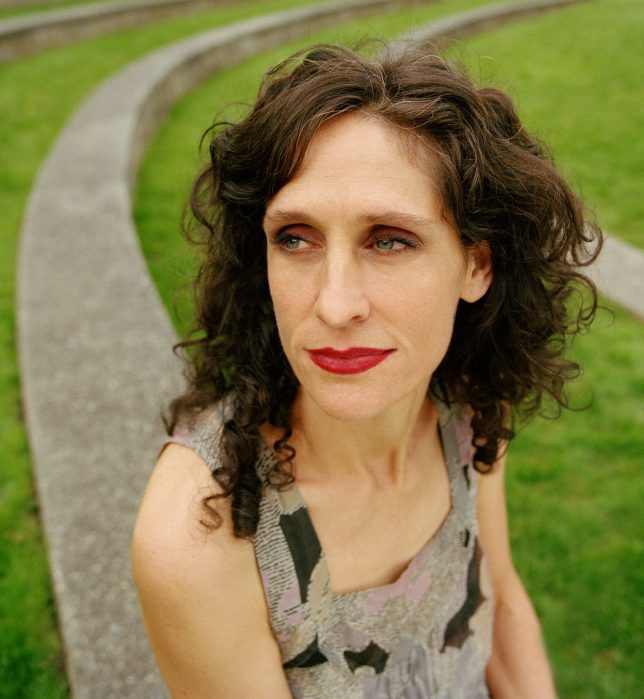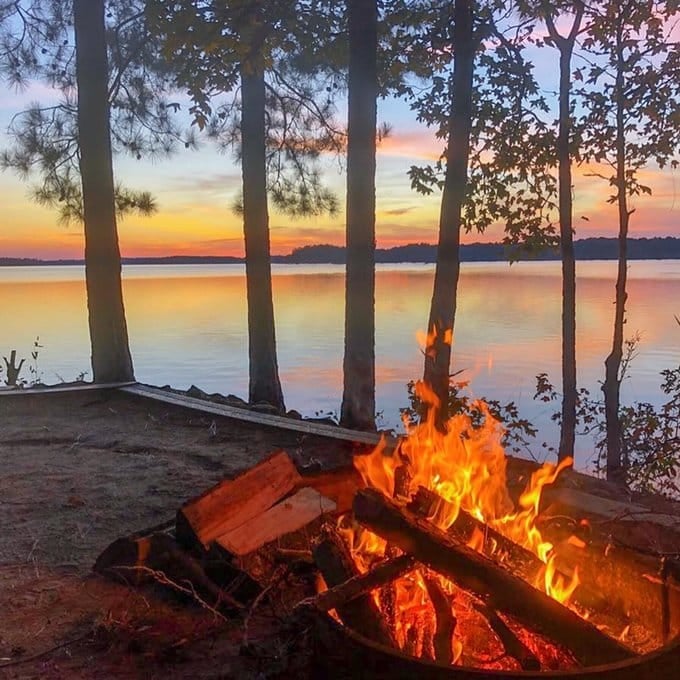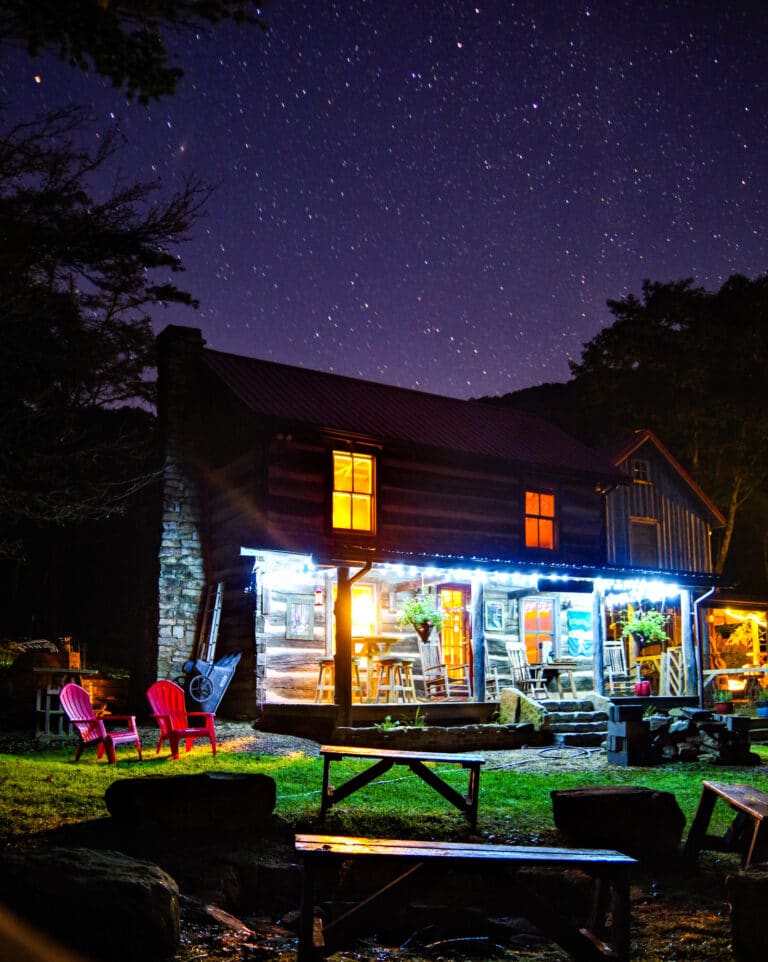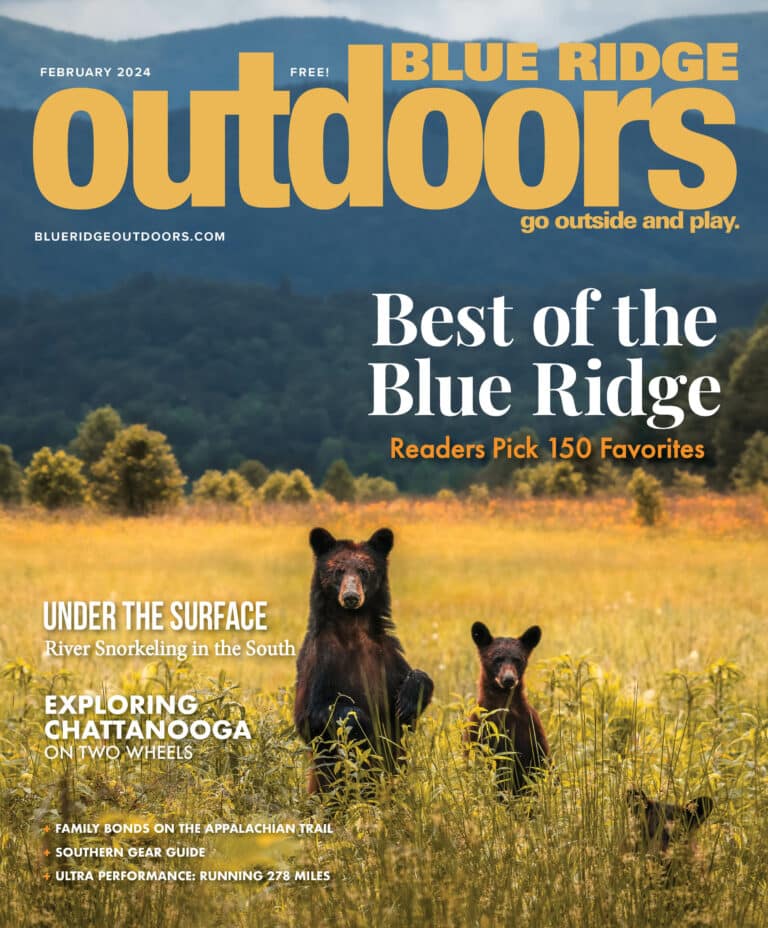My grandmother was a professional amateur historian.
Stacked on shelves and tables around her house were books and pamphlets about Wise County and Norton, Virginia, where she lived the vast majority of her life. In college, I ended up majoring in history, and I credit much of my early interest in times past to the hours I spent rifling through the books she collected or wrote. Contained therein were images chronicling the early settlers of the mountains of Southwest Virginia, their hardscrabble existence captured forever in sepia or black and white.
Looking back at early 20th century Appalachia is an interest I share with violinst and singer/songwriter Jenny Scheinman. Here latest record, Here On Earth, drew its earliest inspiration from a film project called Kannapolis: A Moving Portrait, a collection of archived movie footage shot across the North Carolina Piedmont between 1936 and 1942.
Scheinman found common ground between the stark, deliberate lifestyle captured in those Depression era loops and her own approach to music; honest, raw, and self-reliant.
I was able to chat with Jenny Scheinman about the new record, the images that so captured her from the film footage, and using a fiddle tune to break out of prison.*
BRO – What was it about the footage of the Depression era South that inspired this collection of songs?
JS – It’s loosely based on the old time acoustic fiddle music that was played all through Appalachia and the South throughout the Depression. The band in our live show is based on a specific scene of an old time country dance party in which the dancers are accompanied by a little string band – fiddle, resonator guitar, and banjo. Here On Earth takes that acoustic core and adds the cinematic element of Bill Frisell’s big electric swarmy open vista heart sound – he is in the movie when there is no movie.
BRO – Is there a particular sequence in Kannapolis: A Moving Portrait that you have a hard time getting out of your head?
JS – I have really strong and specific feelings for many of the characters in the film. When I’m playing the show, it feels like we’re relating to each other. They dance to the music, they look up at me, and yet, of course, they’re dead. It’s like a fever dream loop where the same paradoxical system keeps circling around and around. There’s a girl in the beginning and the end of the show who haunts me. I call her Freya. She twirls in slo-mo, looking down at her feet and then up at the camera, mysteriously, like she understands something we don’t.
BRO – We are featuring “A Kid Named Lily” on this month’s Trail Mix. What’s the story behind the song?
JS – I started writing lyrics to this one with my niece, Lily, when we were up at my mom’s house a few years ago. We were serenading a little brown goat that just been born in the barn, and I had my fiddle and Lily was swinging her legs off of a hay bale. It was all very country. It started very PG – I had a goat and her name was Lily/hair like a cinnamon swirl – and ended up . . . not so.
BRO – Trail Mix included a track from Danny Barnes last month. How was it working with him on this project?
JS – I wanted these songs to have banjo and fiddle at their core. That old time core, that magic combination. And Danny was the man. I’m such of fan of him and his music. I’ve been trying to lure him into the mix for years. We tried in 2013, and then again the year after that, but between our two remote locales and touring schedules, it just never seemed to work. Finally, when I just couldn’t get him out of my head, I made a little pilgrimage up to the San Juan Islands and we recorded at a little home studio there near his house. He blew our minds.
BRO – Should you ever end up in the pokey, what’s your go to fiddle tune?
JS – Maybe something hypnotic, like “Rowan.” I’d put a spell on the guards and then run for it.
Jenny Scheinman is out west this weekend, with two shows scheduled in Los Angeles and San Francisco. Early May will find her in New York City before she heads abroad for some dates in Japn.
For more information on Jenny Scheinman, her new record, or Kannapolis: A Moving Portait, please check out her website.
* One of my favorite parts in researching this piece was reading about a childhood conversation Jenny had with her mother while they were traveling in the car. Jenny’s mother urged her to learn poetry, for the sole purpose of entertaining the other prisoners after Jenny inevitably landed in prison. Jenny later took up fiddle, figuring it might be an even more powerful tool on the prisoners – and perhaps, even, the guards.








